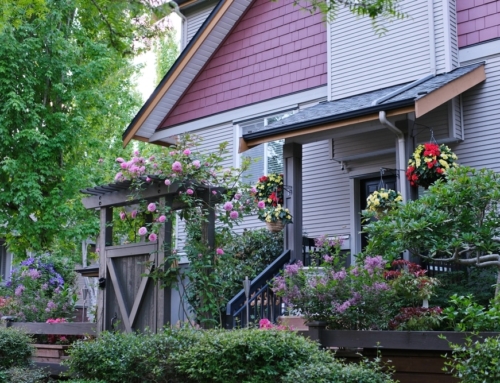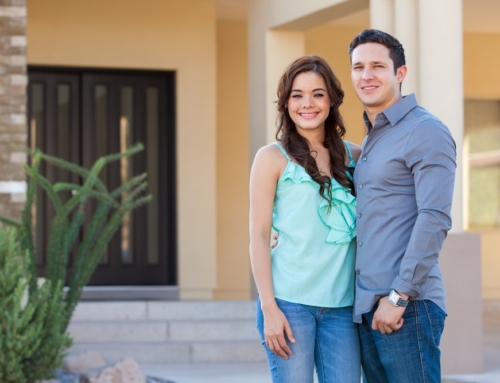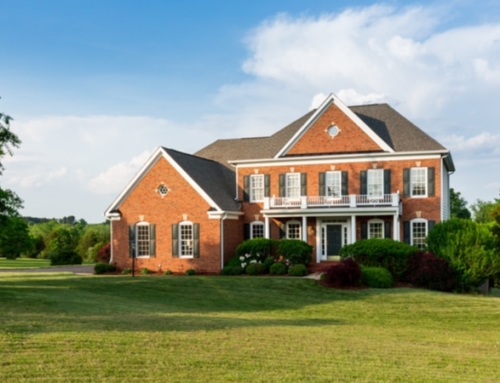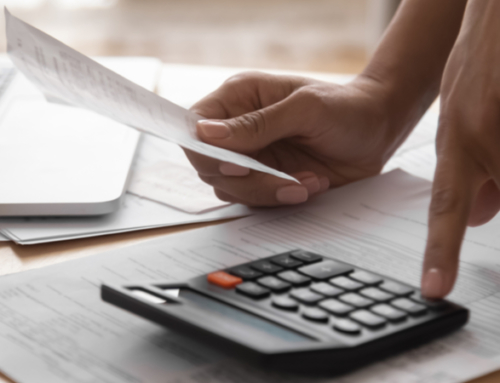Q: I acquired my parents’ property for $10 in 1987. A quit-claim deed was drawn and filed in my name.
I have, since then, mortgaged this property in order to buy my primary residence in 1998 and, have also re-financed it so I could do home improvements on my primary home. I presently have a mortgage of $179,000 on the property.
I wish to sell this second property because double tax and insurance annual bills are, both, impractical and unnecessary and I’d rather use the sale money to pay-off my primary residence.
My question to you is the following:
Am I required to pay the 15% sales tax mandated by the IRS predicated on the entire sale price of the property, or do I pay the 15% sales tax of the sale price after satisfying the existing mortgage balance of $179,000?
Any answers you can provide will prove of the greatest assistance.
A: I’m sorry to tell you that your mortgage has nothing to do with how the IRS views the profit on your property. You bought the property for $10. That is known as your cost basis. If you made any capital or structural improvements to the property, you can add that cost to the cost basis, to come up with your adjusted cost basis.
Take the sales price and subtract all costs of sales plus the adjusted cost basis of the property. That will give you your profit.
Let’s say you’re selling the property for $300,000. You paid $10 to it and let’s say you have $40,000 in improvements to it plus $10,000 in selling costs. That means your “profit” is $250,000. If you lived in the property as your primary residence, you’d be able to keep up to $250,000 in profits tax free (or $500,000, if you are married), as long as you had lived there for 2 out of the past 5 years as your primary residence. Since this is an investment property, when you sell, you’ll owe long-term capital gains tax on the $250,000 plus state tax and even other federal taxes depending on whether you took advantage of any tax benefits for depreciation over the years.
Please talk to your accountant or tax preparer for more details.






Leave A Comment